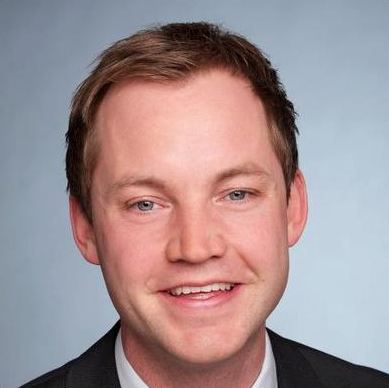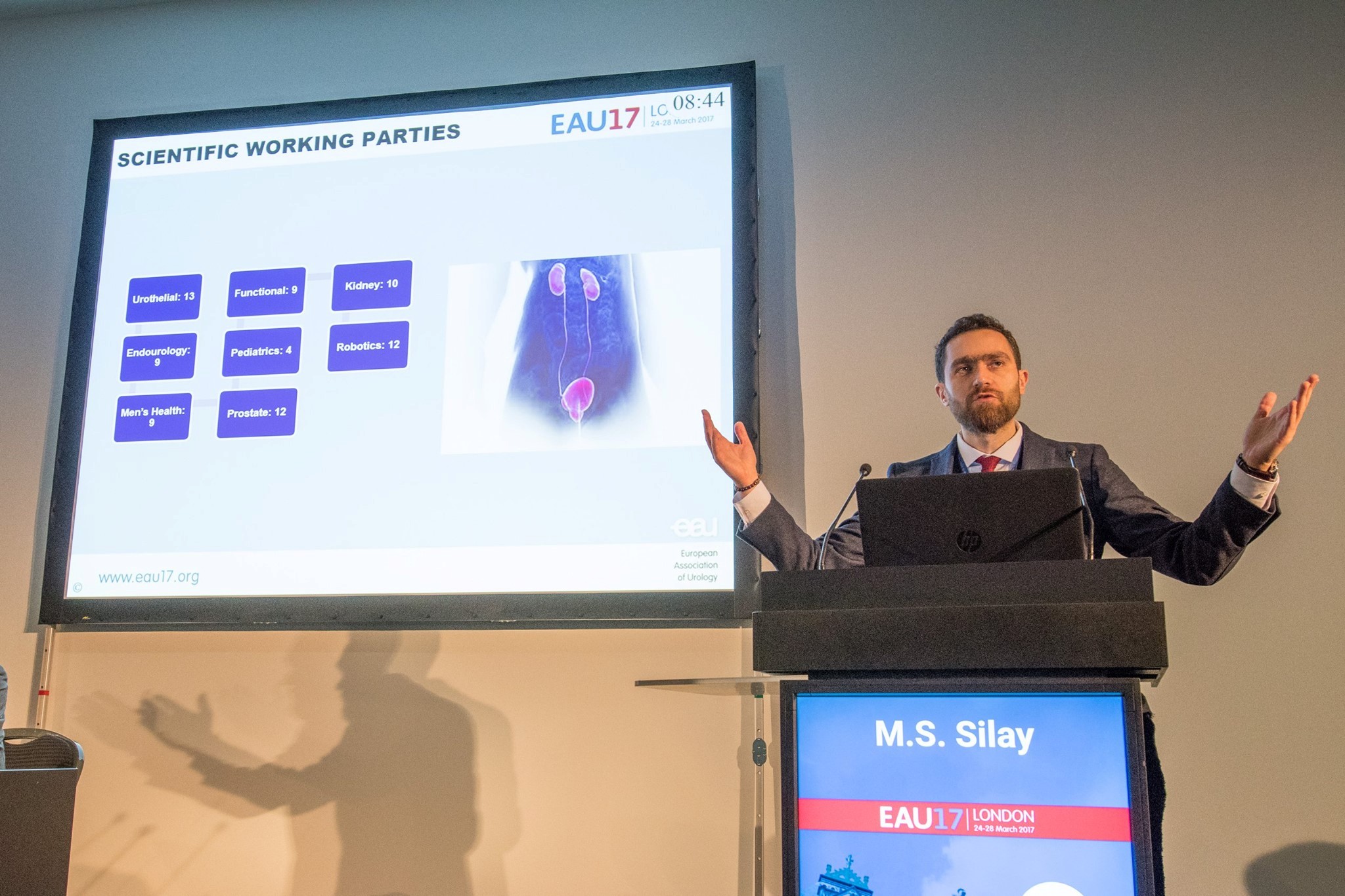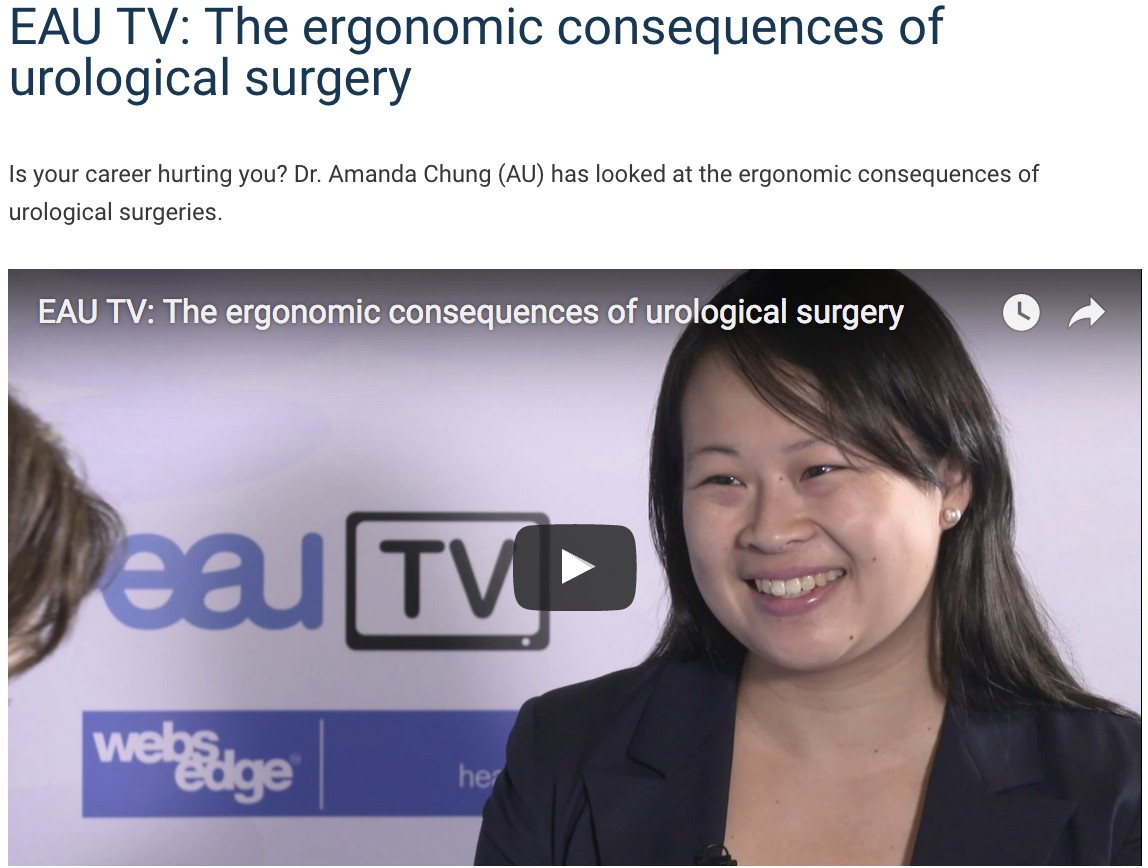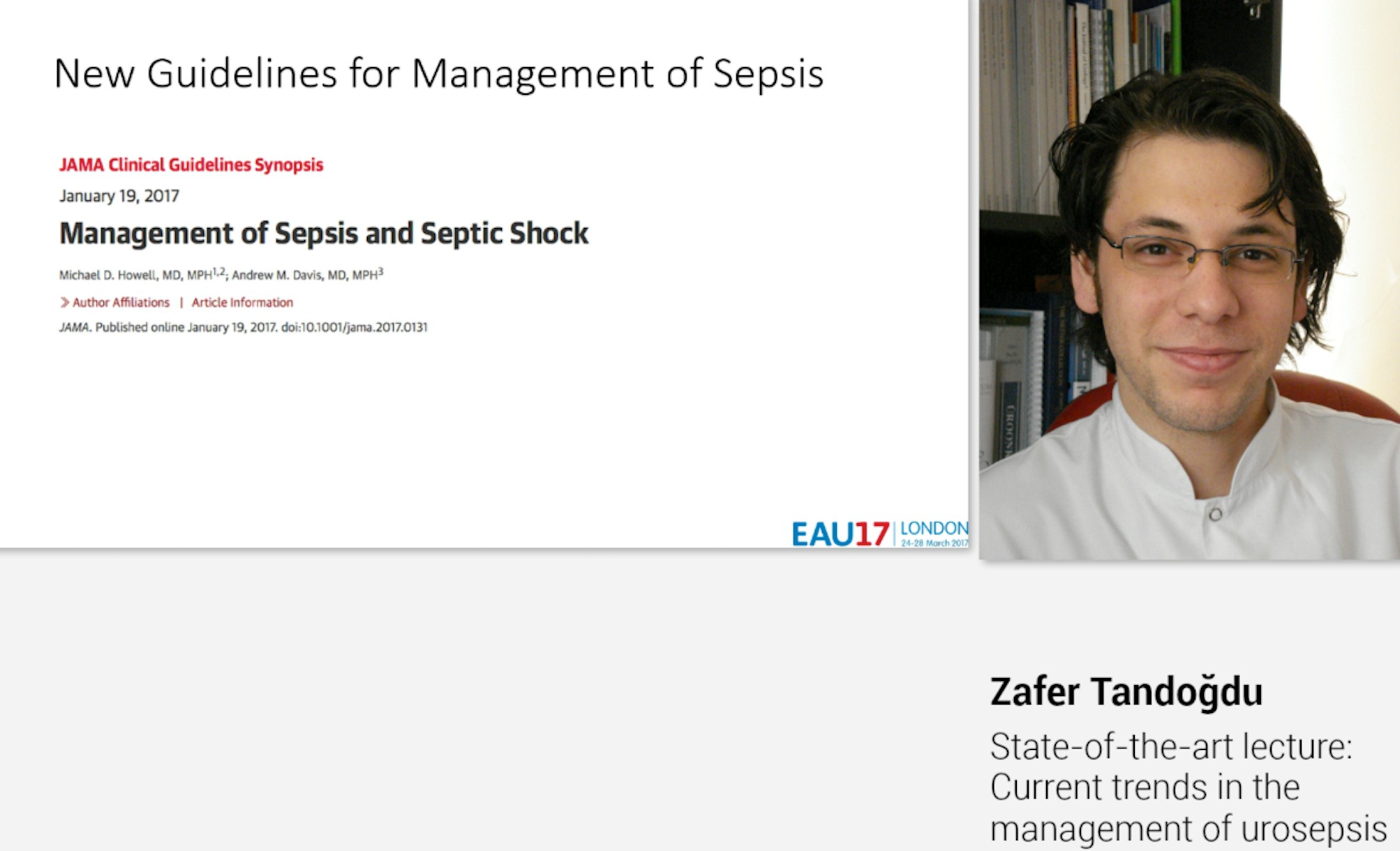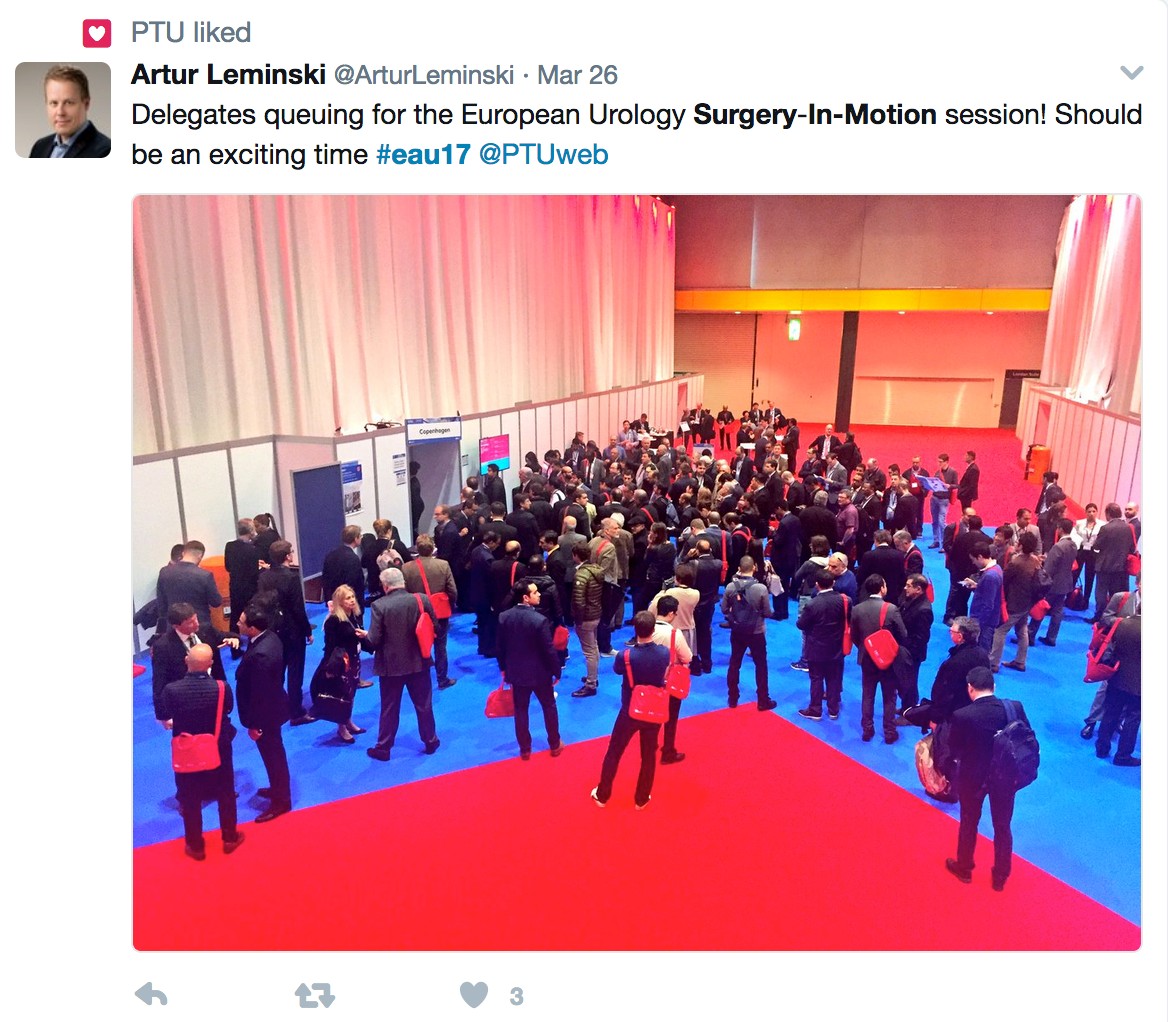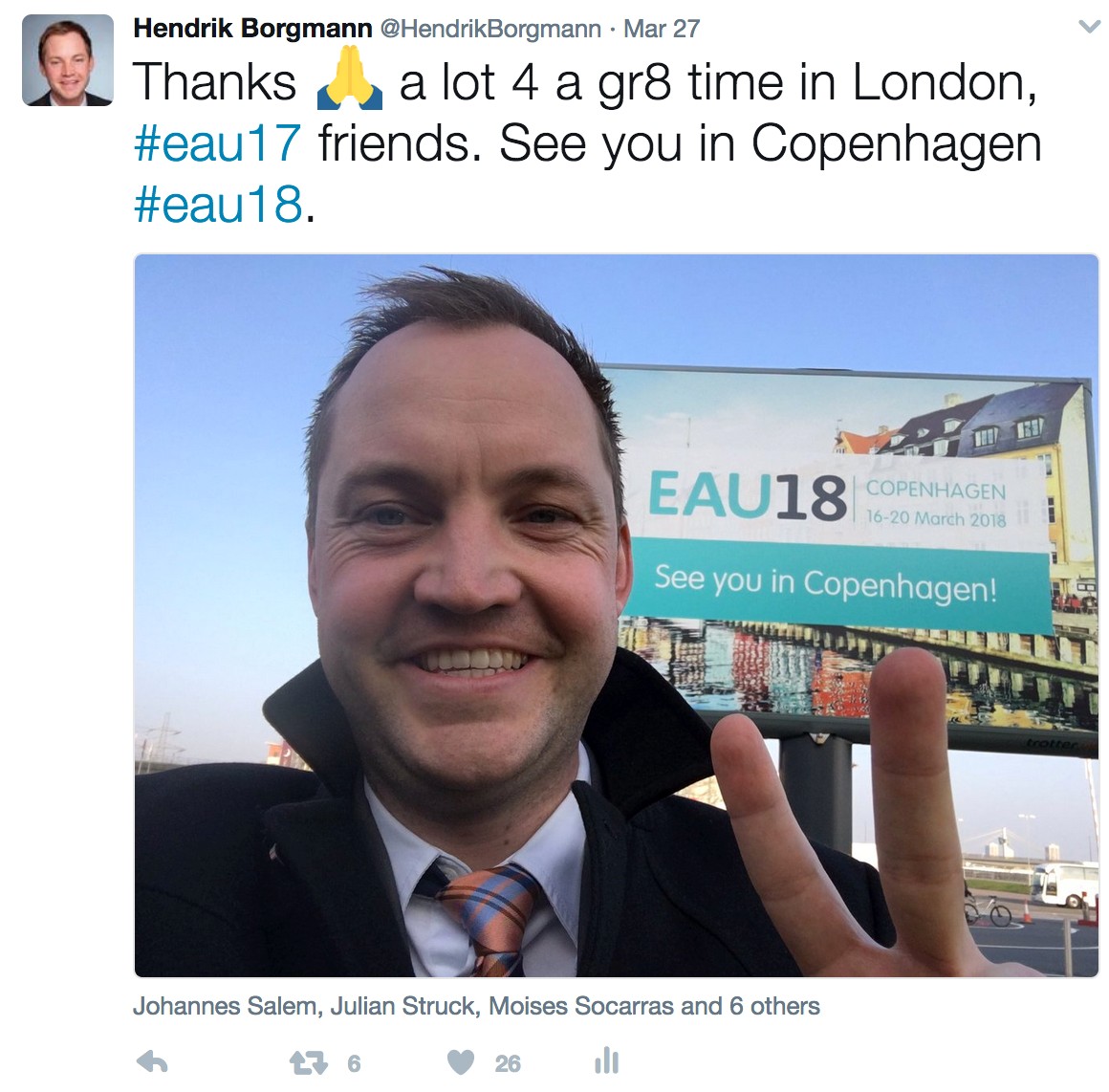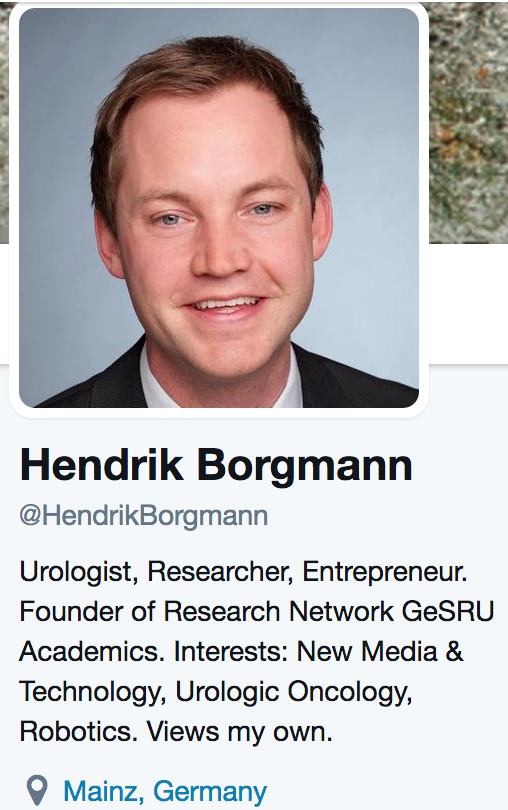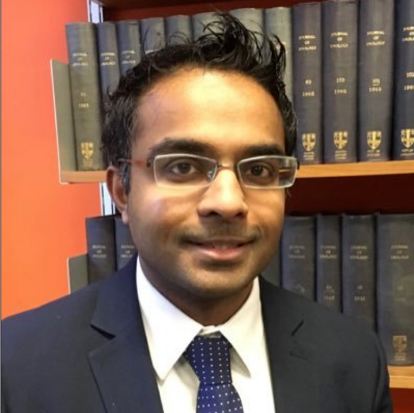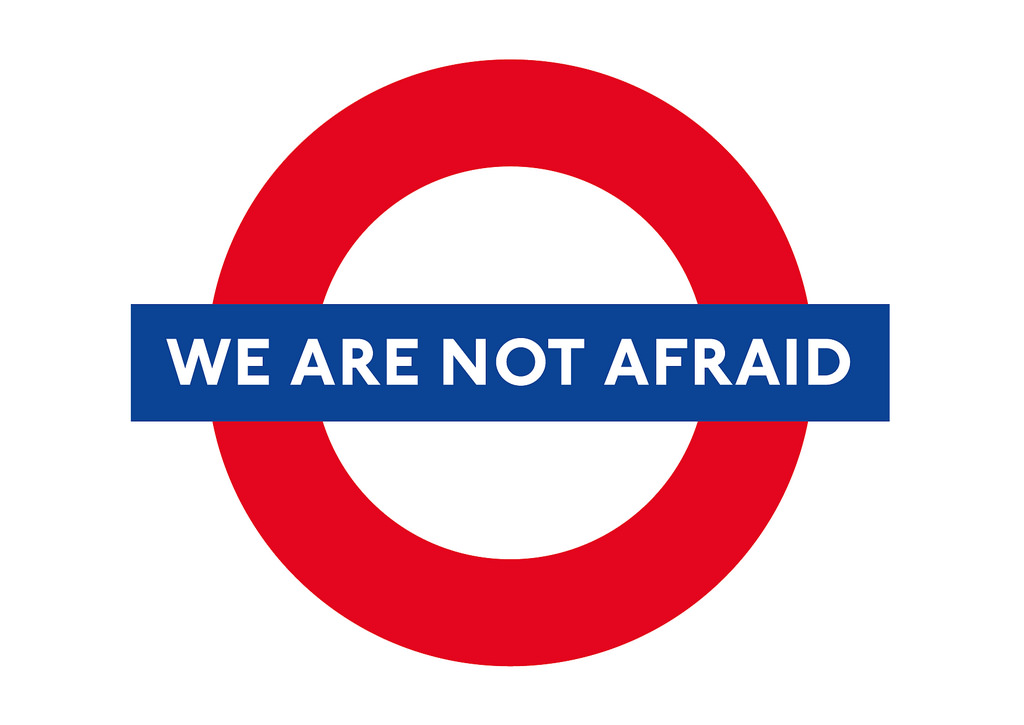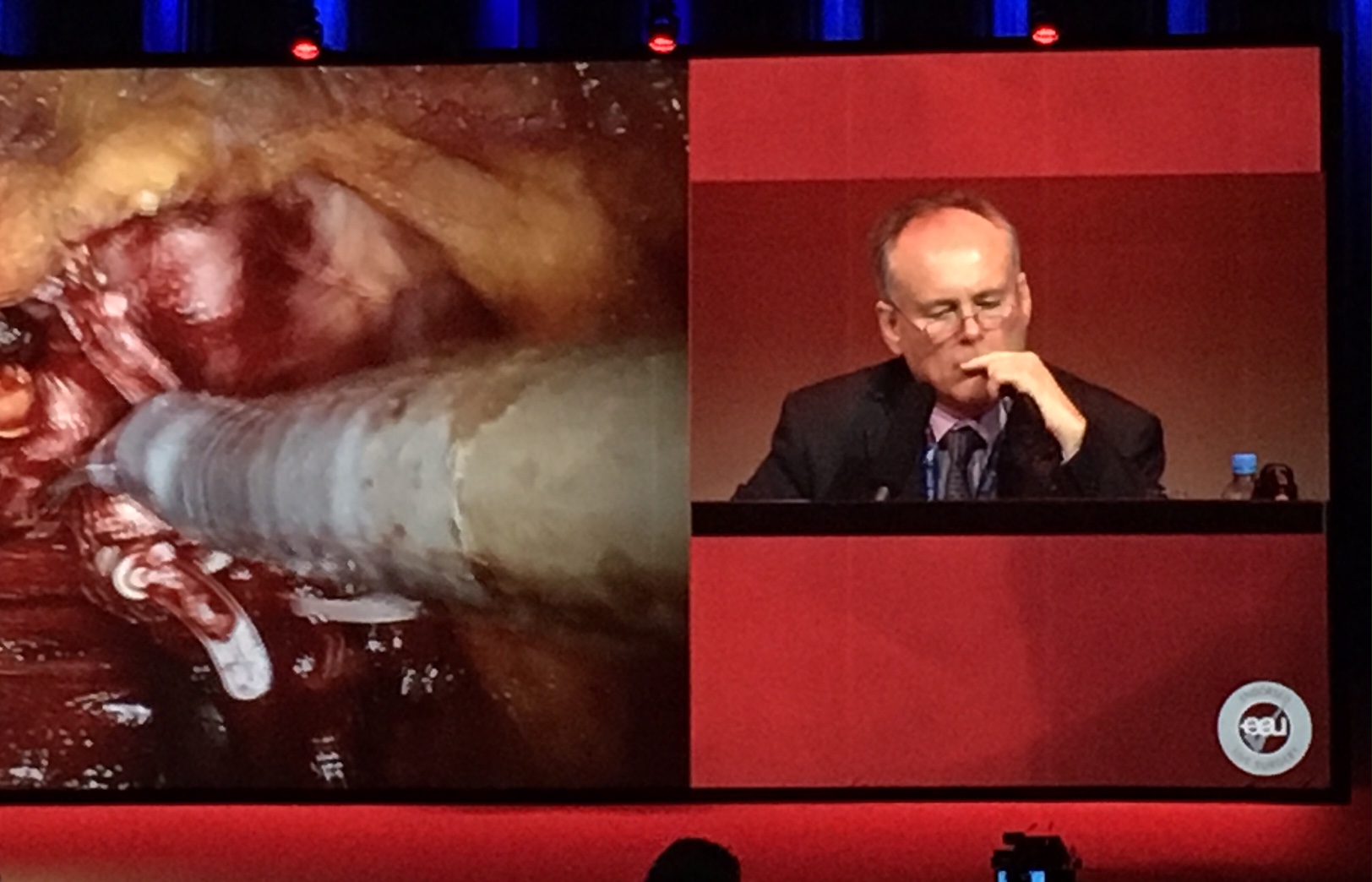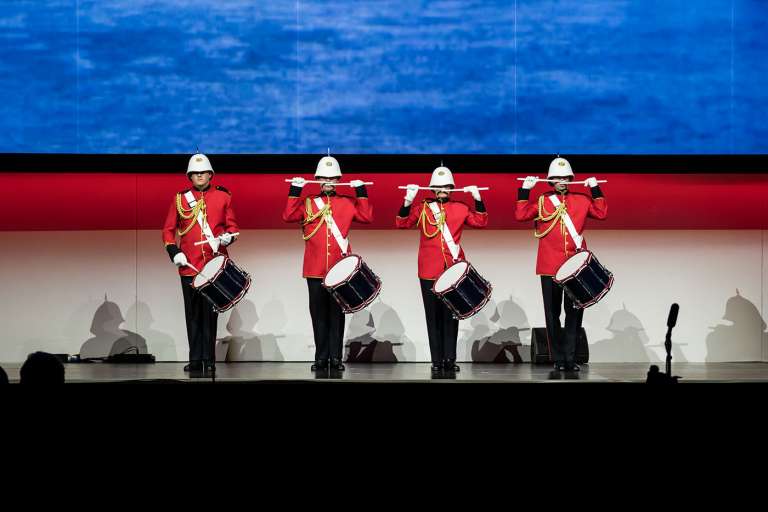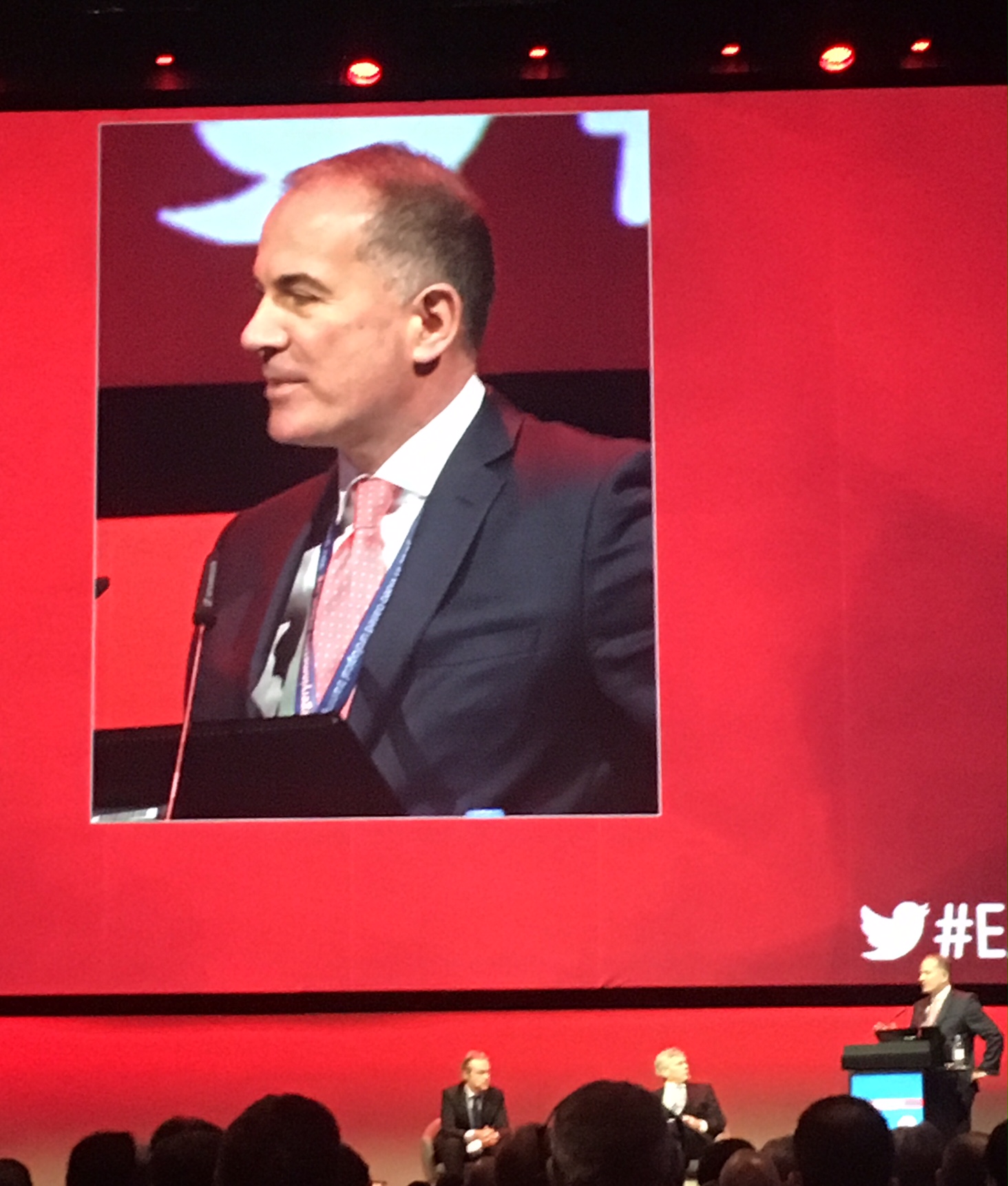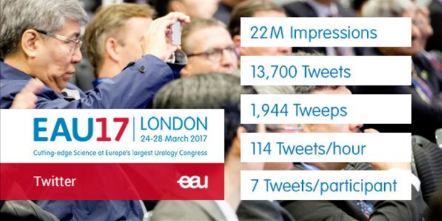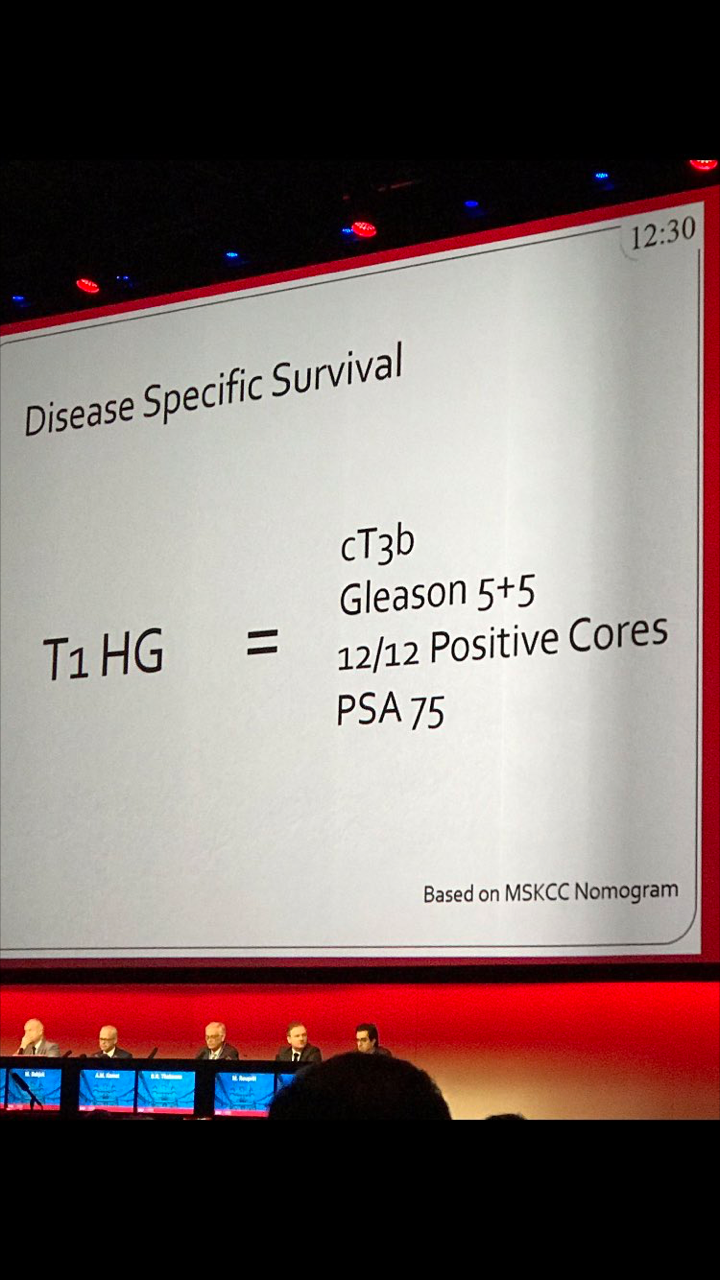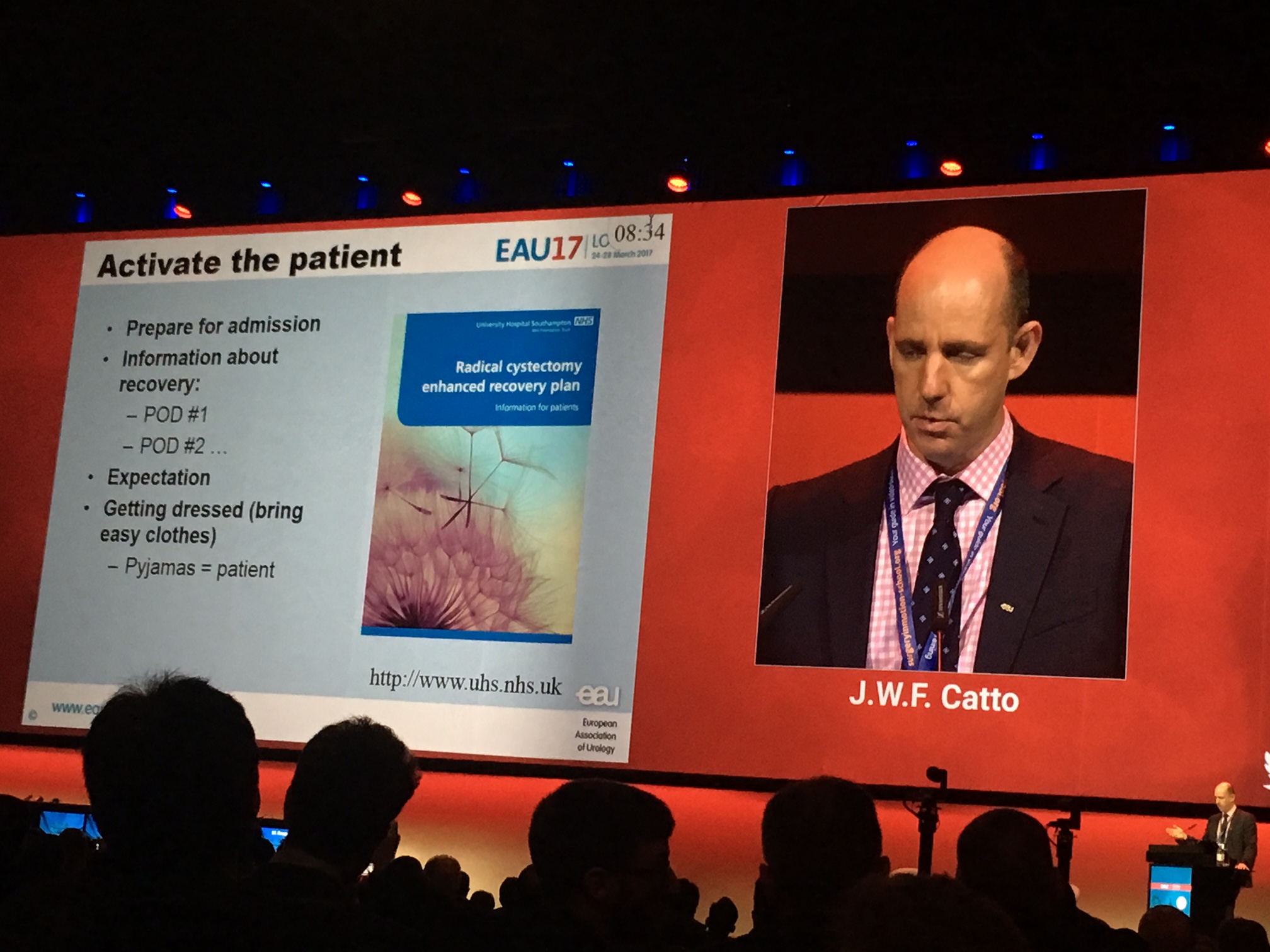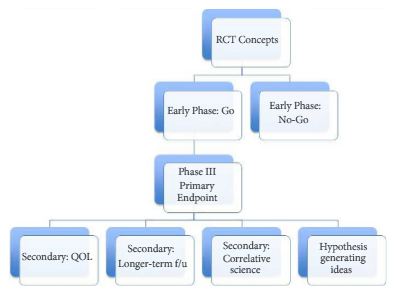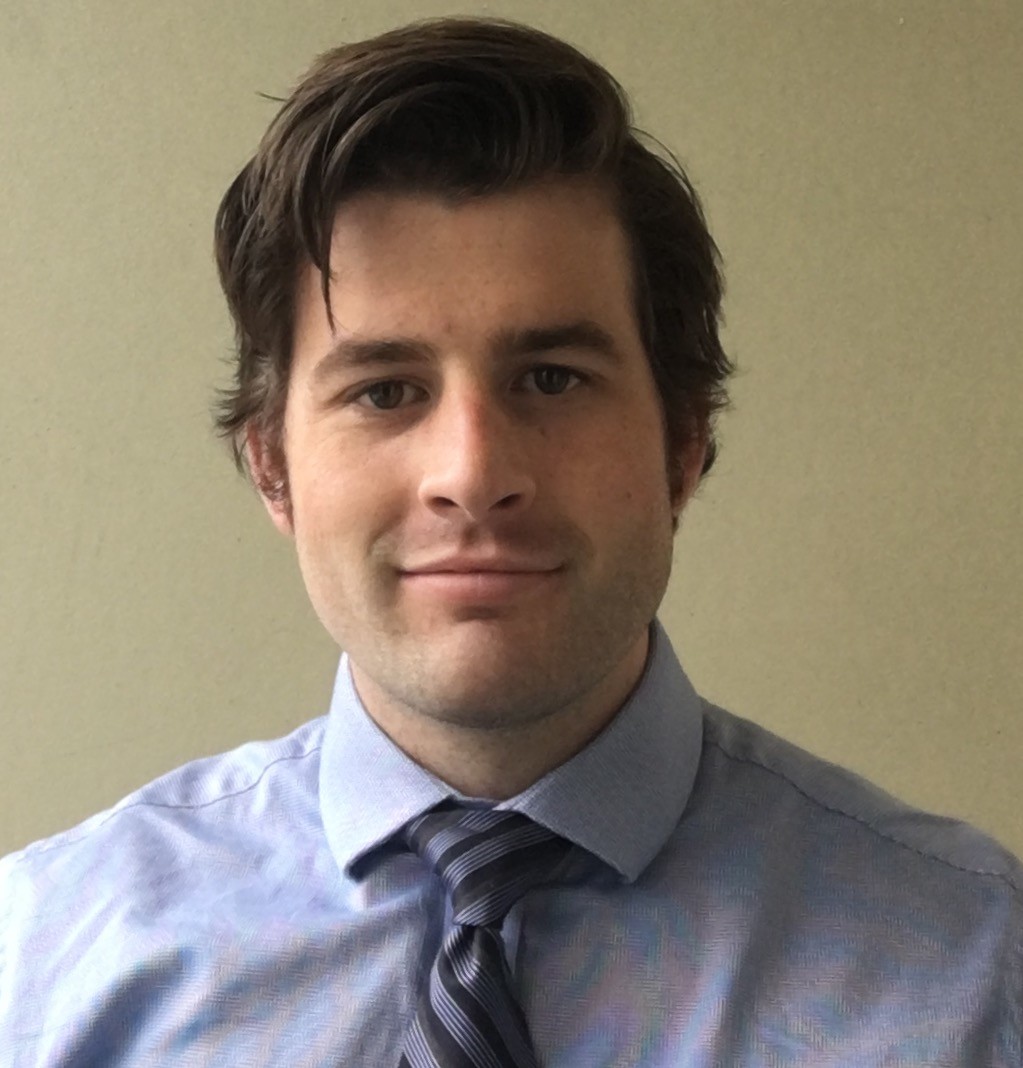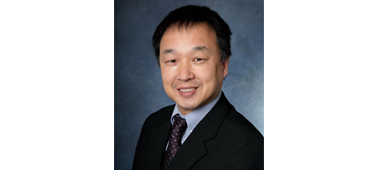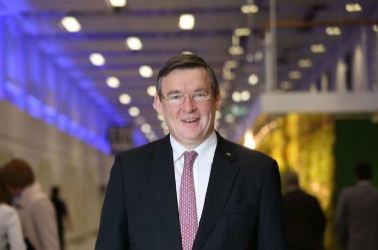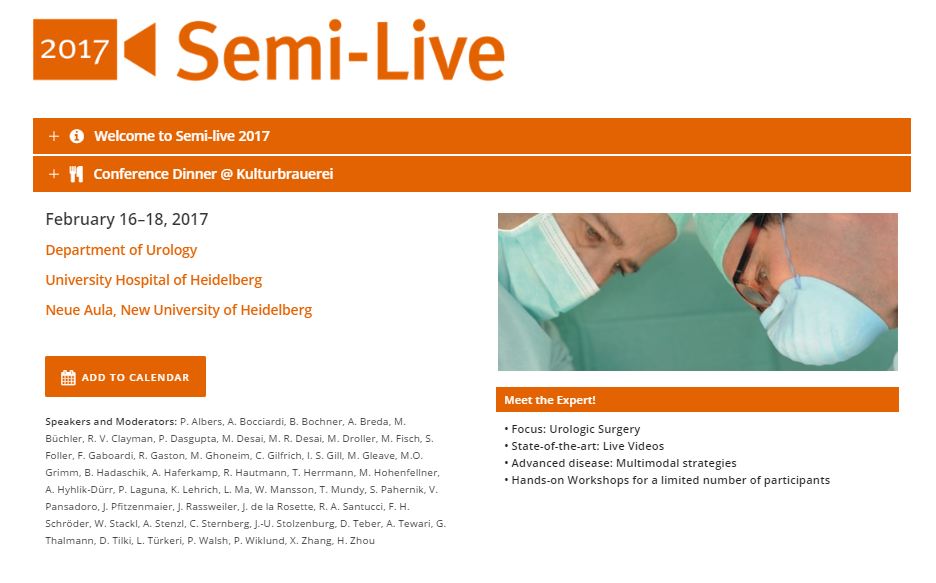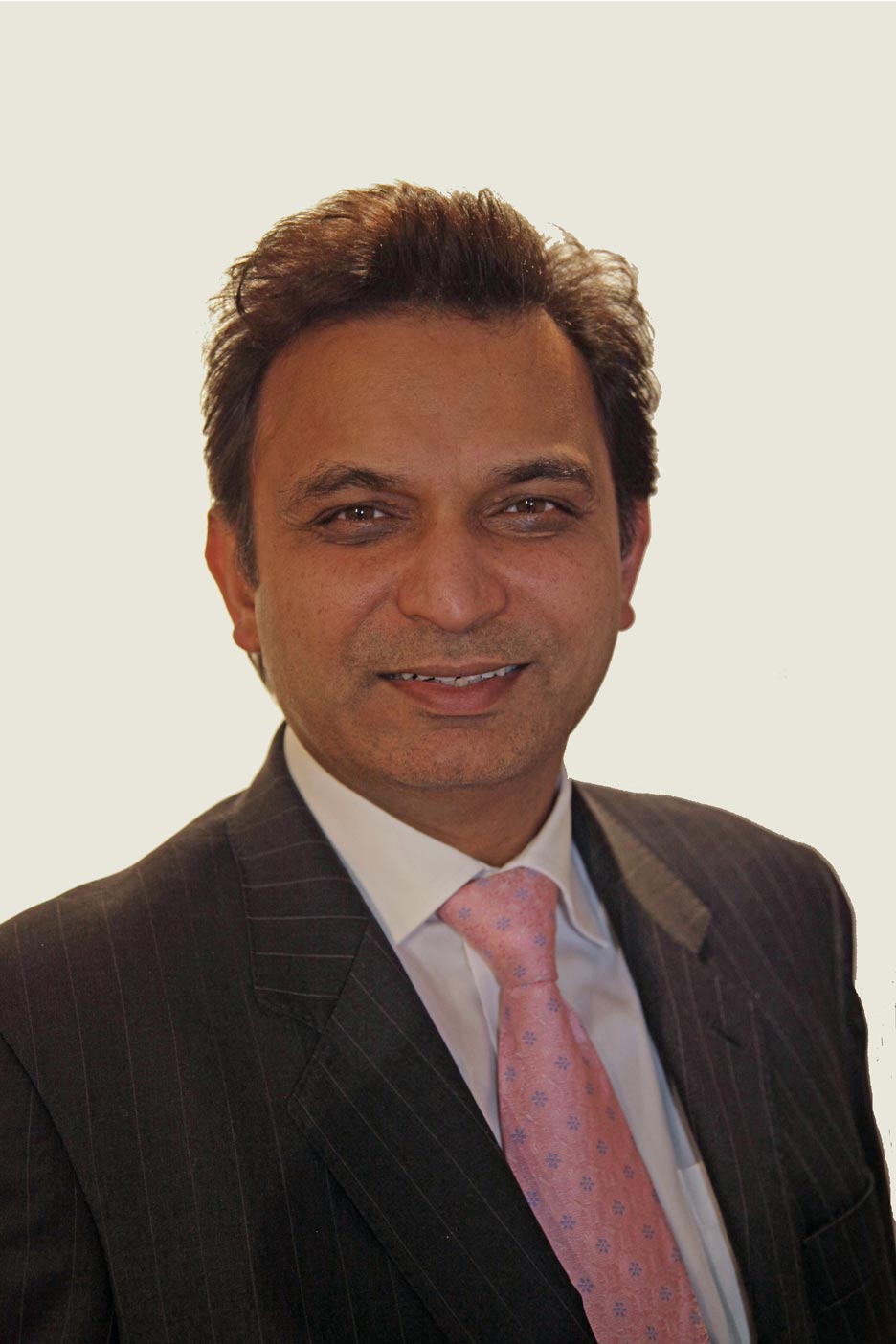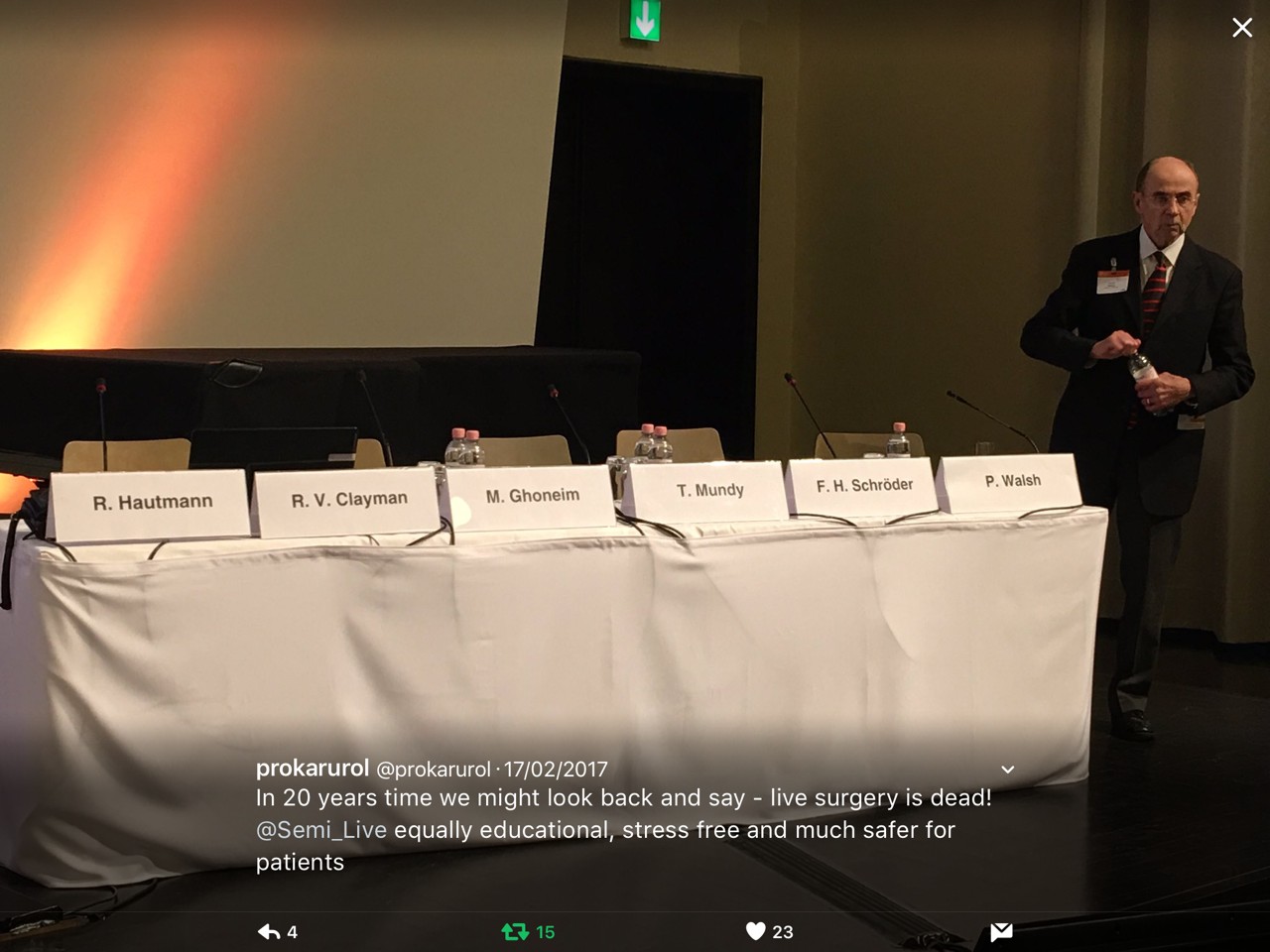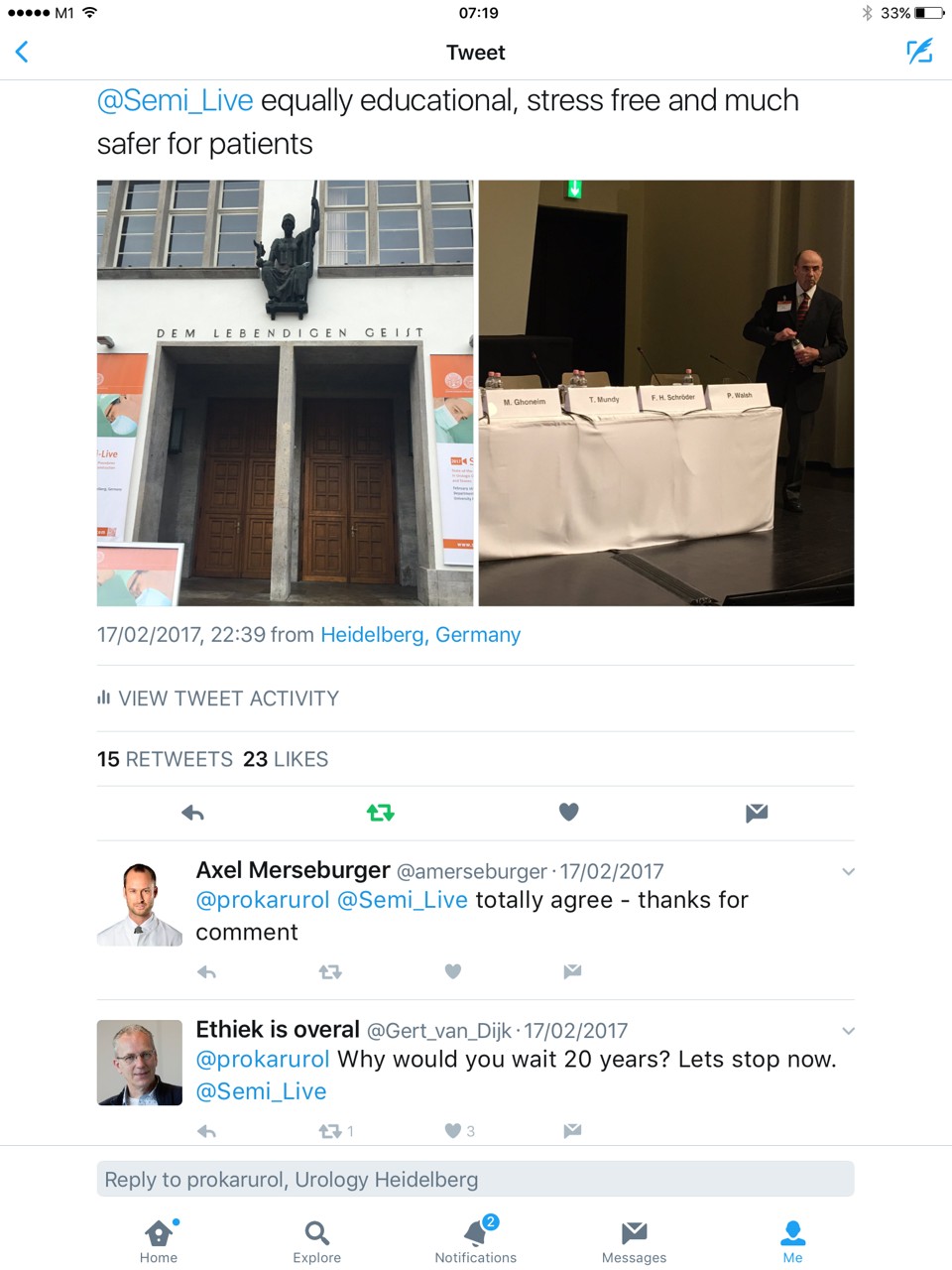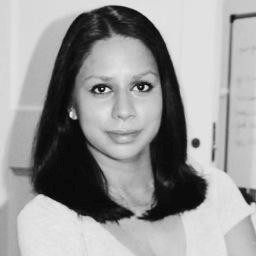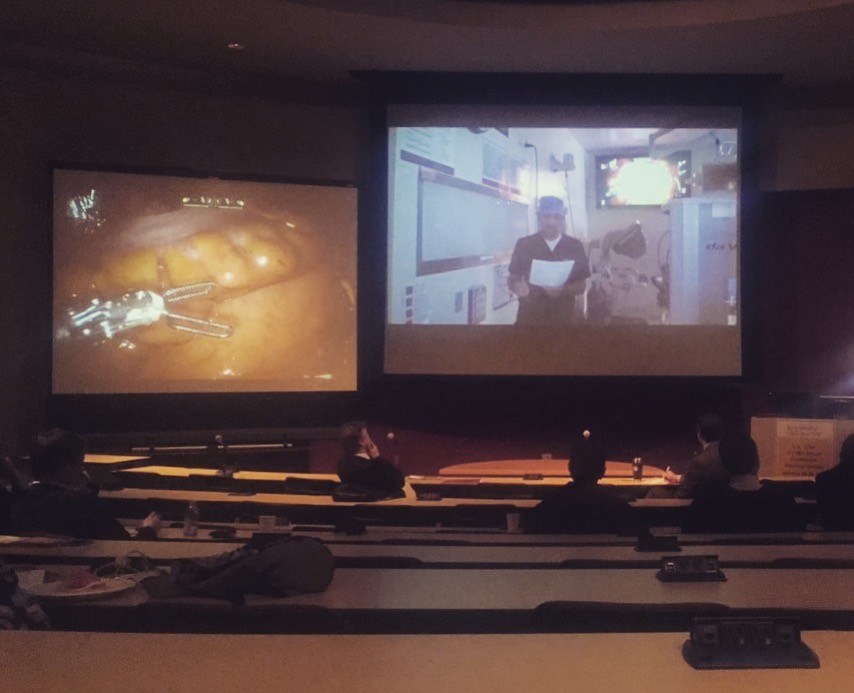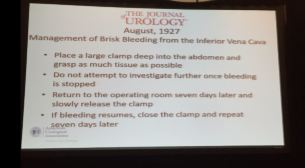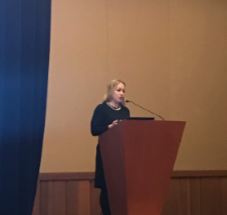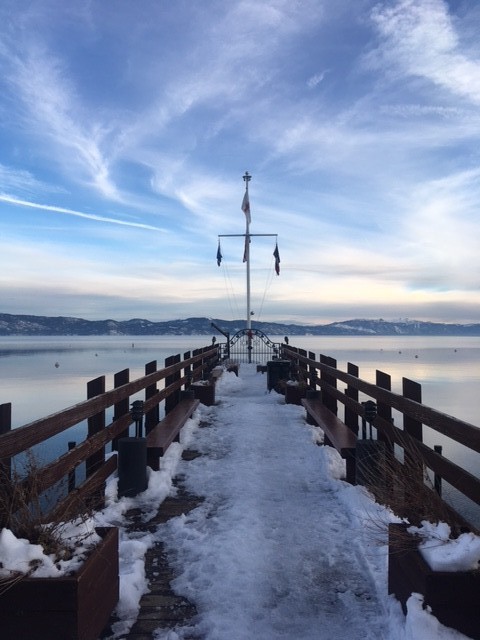EAU 2017 Congress Days 3&4
London calling! On Sunday morning London called one hour earlier than I had planned – damn daylight saving time! Last nights’ celebrations with urology friends from around the world at the ESRU (European Society of Residents in Urology) dinner party made me pay. Yet this was going to be a great meeting day.
Sunday morning sessions served as a wake-up call after a short night due to daylight saving time.
Dr. Rajesh Nair has already reported on a great kick-off and continuation of the EAU17 congress in his blog on congress days 1 & 2.
The Sunday programme started with a plenary session in eURO auditorium on redefining and optimising contemporary bladder cancer care. The EAU chose a great concept for the plenary session by presenting an easily digestible mix of different lectures: Experts in the field used case discussions to illustrate real-life clinical scenarios and everyday issues for urologist. Speakers delivered their best arguments in the debates on pros and cons on urgent clinical questions. Finally, State-of-the-art lectures summarized the most important aspects in the field.
EAU17 Delegates joining the congress action.
Sunday’s State-of-the art lectures on bladder cancer were held by James Catto and Walter Artibani. Catto reported on “Enhanced Recovery After Surgery (ERAS) for bladder cancer: Non-surgical options to improve outcomes of cystectomy”. Catto systematically covered 22 ERAS items on preoperative, intraoperative and postoperative measures. Appliance of ERAS for radical cystectomy yielded better outcomes for length-of-stay as well as readmission and transfusion rates when compared to traditional recovery concepts.
State-of-the-art lecture: Three principles of the Enhanced Recovery after Surgery (ERAS) Philosophy.
The second State-of-the-art lecture by Walter Artibani gave perspectives on “What determines Quality-of-Life after urinary diversion and how do we measure it?” Artibani pointed out that we have to do a better job in defining and researching health-related quality of life in order to compare outcomes of urinary diversions. Multidisciplinarity is a must and there is room and need for enhanced long-term personalized information and support programs.
Quality of Life after urinary diversion – Walter Artibani’s twist of Albert Einstein’s wisdom.
Besides scientific meetings, the Annual Meeting of course is the place for board meetings of the EAU bodies. The EAU Section Office Members took the opportunity to step out of the congress and enjoy London’s incredibly good weather.
EAU Section Office Members enjoying London’s sun for a group photo.
At high noon it was time for me to join the Advanced Course on Social Media – take it to the next level! An expert panel of Social media users in urology gave insights on the wide variety of Social media use in our field. Twitter queen Stacy Loeb (@LoebStacy) gave examples on the use of social media for scientific research and for dissemination of content. Matthew Cooperberg (@dr_coops) showed in his talk “reputation management” why and how urologists should take care of their digital self. Finally, Inge van Oort (@onco_uroloog) presented do’s and don’ts of Twitter use emphasizing the importance of Social Media guidelines.
Great conclusion of the advanced Social Media Course by @LoebStacy.
Yet, ESU Courses weren’t limited to lectures and discussions. HOT – Hands on Training was offered to delegates with 1-on-1-supervision. I was amazed by the variety of simulators and technical equipment for course participants. But why would they use red irrigation fluid? – Making the TURP simulation a more realistic experience? 😉
Simulation and tutoring during European School of Urology Hands-on-training courses.
On Monday morning the EAU launched a new initiative: the Young Urologist Office provided a new course format: the EAU Leadership Course. Ambitious urologists from all over the world gathered to expand on their leadership skills: What are my leadership styles? Can I flex my style? Am I effective? These were only some of the aspects covered by a team of specialized leadership coaches.
One key skill for leadership: great rhetorical skills!
Another thing I liked about the EAU congress was the professional media coverage – EAU TV offered short interviews covering highlights from abstract sessions, plenary sessions and insights from the EAU bodies. It was EAU TV that attracted my attention to Amanda Chung’s study “Is your career hurting you? – The ergonomic consequences of surgery in 701 urologists worldwide”. Against common presumption, Chung et al. didn’t find a dose-response relationship between volume of surgeries performed and back pain. A protective effect against back pain was found for exercise, instead increasing weight and BMI were associated with higher pain – thanks for these insights! I definitely aim for a lifestyle change after hearing these findings!
EAU TV enriches the conference experience.
There were a lot of things to learn during the congress. During the congress first-ever e-Poster Abstract Session on New technologies: Urology and multimedia, I learned from session chair and BJUI’s editor-in-chief Prokar Dasgupta that the highest cited paper on Altmetrics in 2015 was on a new antibiotic that kills pathogens without detectable resistance. Maybe this is why the EAU heavily announced it’s thematic session on infections in urology: “Killer bacteria and viruses in urology”. One must-read I got from this session was an update on the management of sepsis and septic shock.
Highlights from the EAU Infectious diseases session “Killer bacteria and viruses in urology”.
As usual the EAU congress featured lots of live and semi-live surgeries. For some of them the Copenhagen Room wasn’t quite enough to accommodate all delegates interested.
Live and semi live surgery as usual attracting lots of EAU delegates.
The EAU congress truly offered a cocktail of everything: the latest science presented in plenary & poster sessions, education, updates on guideline knowledge and of course lots of networking in form of meeting, greeting and tweeting.
Finally, my EAU17 journey ended on Monday night after lots of congress input, short nights and a great time meeting urology friends from around the world. Thanks a lot to all organisers and contributors for your hard work and great performance! See you in Copenhagen!
Hendrik Borgmann, Urologist, University Hospital Mainz
@HendrikBorgmann

